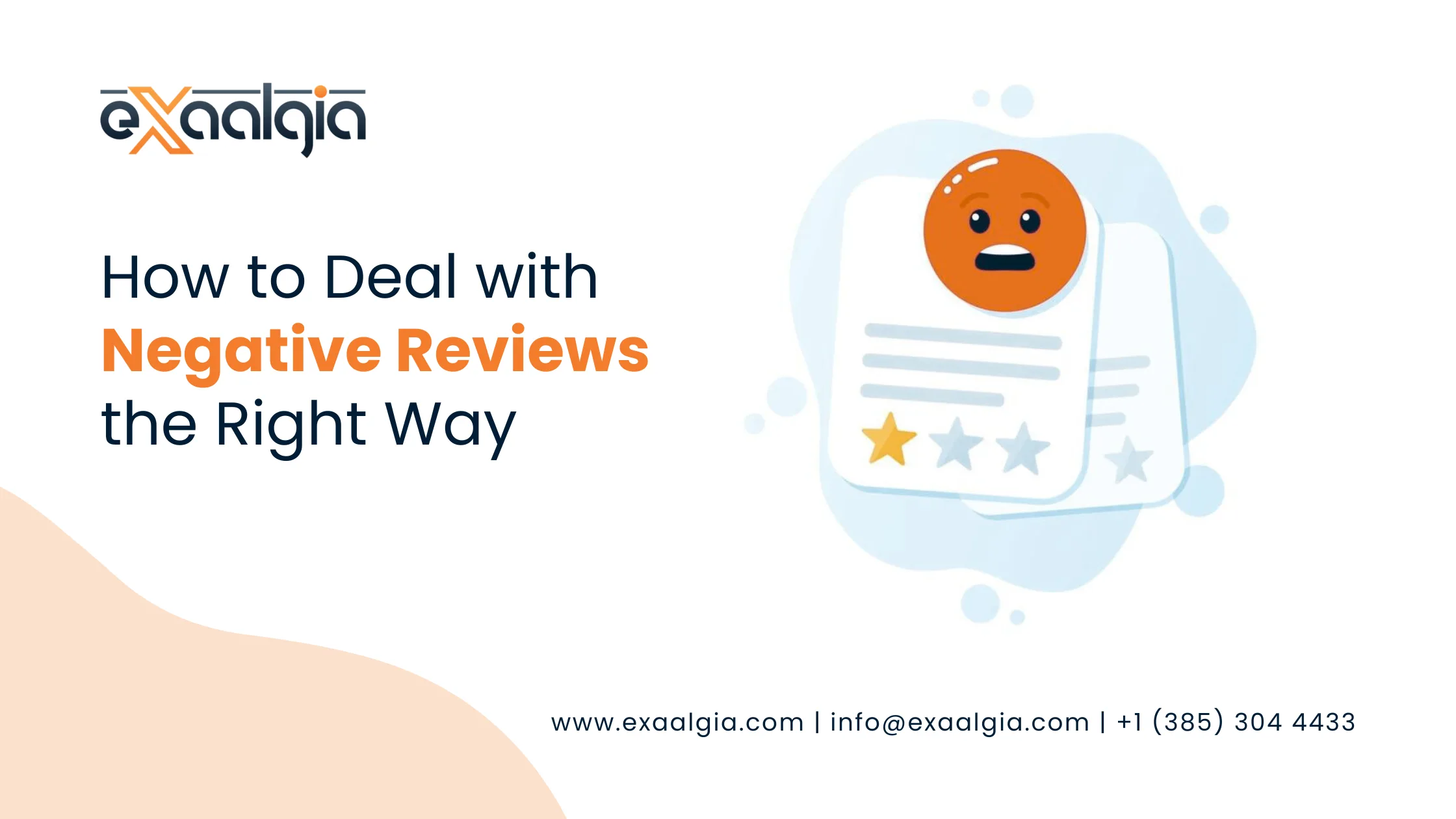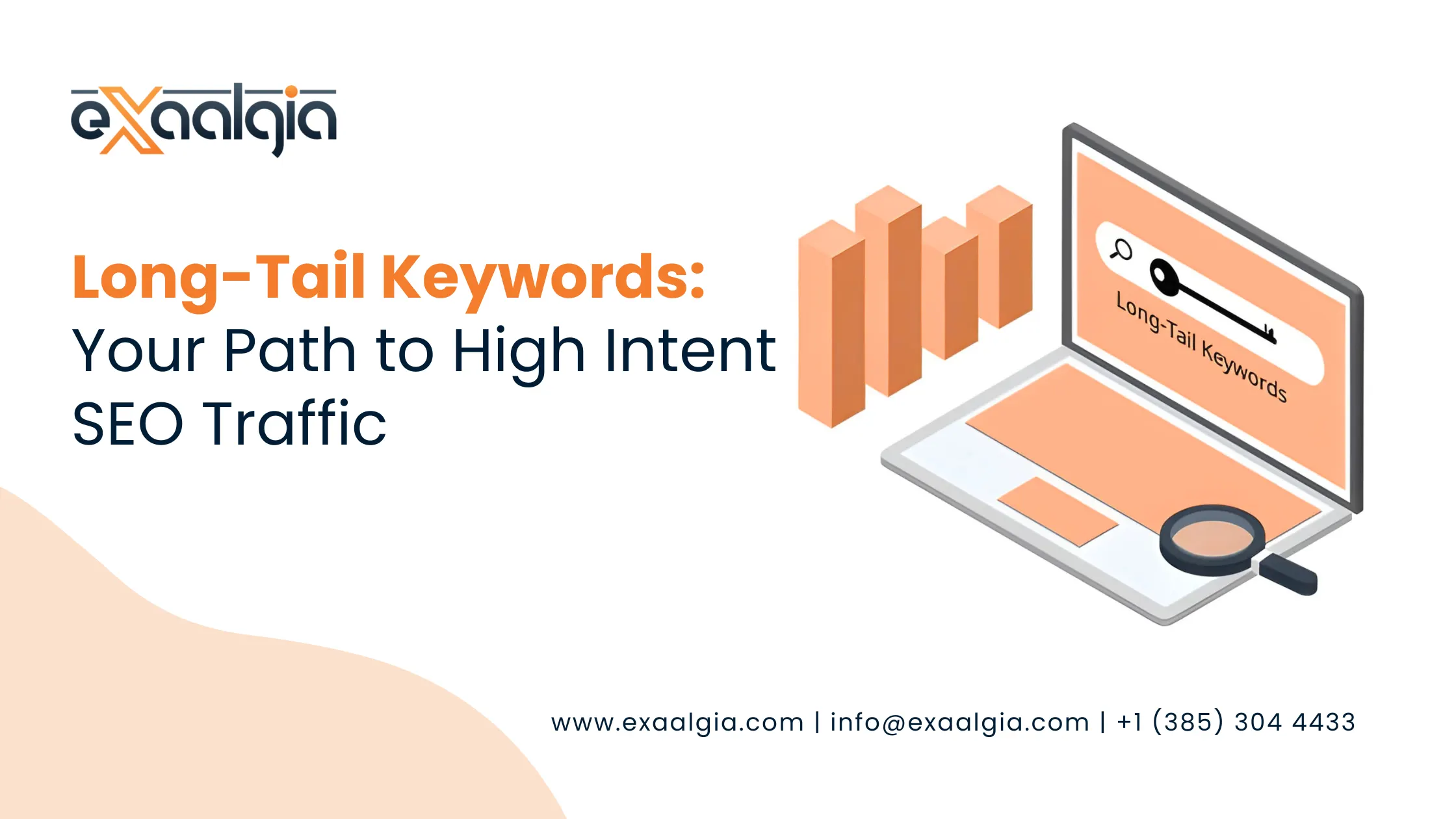What is an SEO Roadmap?
The term SEO roadmap refers to step-by-step, structured planning that keeps track of definite SEO tasks, strategies, and milestones which are targeted to be accomplished to enhance the ranking position of a website in search engines. This roadmap, in a way, guides the visual making sure that your SEO is directed toward measurable objectives and it is going in the right direction.
Whether it is a small blog or a large eCommerce website, an SEO roadmap helps you track your progress and allows you to make data-driven adjustments while prioritizing the most impactful tasks for improvement in your SEO performance.
Some of the most important elements of an SEO roadmap include:
Keyword Research and Optimisation
Content creation and Optimization
Technical SEO fixes
Link building campaigns
Continuous performance tracking
By providing such a comprehensive outline of the work to be done, you ensure all your SEO activities are integrated, time-bound and tied to your business objective in general.
Why Every Domain Needs an SEO Roadmap
Irrespective of the size or the industry of your business, creating an SEO roadmap would prove to be crucial for nurturing organic growth in search traffic. Here’s why you simply cannot do without an SEO roadmap on any domain:
1. It Prioritizes Key SEO Tasks
The list is huge, includes everything from optimizing on-page elements to building backlinks. Without a roadmap, it is easy to get overwhelmed by the sheer number of things you should do.
An SEO roadmap helps you focus on high-impact activities and prevents you from wasting time on efforts that don’t contribute to your goals.
2. It Aligns SEO with Business Objectives
A well-planned SEO roadmap means your activities are strongly aligned with your overall marketing and business strategy of your company. For example, if you need 20% growth in organic traffic, a roadmap for you would depict the action steps that help achieve the necessary goal, covering tasks or activities like content optimization and technical fixes.
3. It is useful to monitor your progress in SEO
An SEO roadmap is a tracking tool; that means you can track your website’s performance in search engine optimization based on the time factor. It gives a benchmark for ascertaining whether your strategies have been fruitful or not, thereby establishing areas needing improvement.
4. Optimizes Resource Allocation
Having an SEO roadmap well-defined gives you a clear idea of the right utilization of resources in terms of time, budget, and manpower. This is much more helpful for businesses possessing limited resources as it would ensure that all the efforts are channeled into doing the right things at the right time.
If there is no SEO roadmap clearly defined, your SEO efforts will be unguided with probable waste of resources and missed chances for growth.
SEO Strategy vs. SEO Roadmap
Though some people use the terms “SEO strategy” and “SEO roadmap” interchangeably, they operate differently in the SEO planning process:
SEO Strategy: This means having the general plan of how one can improve their website’s rankings on a search engine. It encompasses long-term goals like keyword optimization, content development, as well as link building. Your SEO strategy determines what you are trying to achieve; it could be to increase organic traffic or enhance domain authority.
An SEO Roadmap provides you with a roadmap: Or else, it breaks down your strategy into actionable steps. It tells you the how and when of implementing your own execution of the SEO tasks. That is to say that a roadmap basically walks you through implementing your SEO strategy in a time-bound and measurable fashion.
Strategy presents the direction; roadmap is how one puts it to work.
How Do You Create an SEO Roadmap
A process that considers your current SEO performance, takes business objectives into consideration, and makes use of the resources you have available while building an SEO roadmap. These are steps taken to build a roadmap to drive performance.
First of all, it is time to assess the current situation of your website in terms of SEO performance. Before developing any SEO strategy roadmap, a very essential step is to conduct an in-depth SEO audit with the help of tools like Google Analytics, Ahrefs, or SEMrush. Start by finding the critical issues like:
Content gaps and optimization areas
Analysis of Backlink profile
Mobile usability issues
Technical SEO, such as page slow loading time, broken links, etc.
This audit will help you to identify what you have to fix and where you can make some quick wins for your SEO roadmap.
2. Establish Specific, Measurable SEO Objectives
After performing the audit, now set some clear objectives of SEO. These should be specific, measurable, achievable, relevant, and time-bound, in other words, SMART. Some examples of SEO objectives might include:
Increase organic traffic 20% over six months
Rank on Google’s first page for a keyword
Reduce the bounce rates using on-page SEO
Increase conversions with better content and user experience
Defining these goals will help shape your roadmap by prioritizing the most impactful tasks.
3. Conduct Exhaustive Keyword Research
Keyword research is the backbone of any SEO strategy. Use Google Keyword Planner, Ahrefs or Moz to find high-value keywords the target audience is looking for. Mix short-tail and long-tail keywords so that you will be able to reach different stages of buyer’s journey.
Ensure that the keyword research you do aligns with your business goals. For instance, if you want to traffic locally, then focus on localized keywords, such as “SEO Services USA” or “Digital Marketing Services in [City Name]”.
4. Optimize On-page SEO Elements
On-page SEO is the area of focus on optimizing individual web pages to rank higher on search engines. Key areas of focus are
Title tags and meta descriptions: Every page should have a unique title tag and meta description including primary keywords.
Header tags (H1, H2, H3, etc.): Organize the content using proper header tags, with use of keywords wherever possible
Content: This web content needs to be updated to better portray more relevance, engagement, and information. Use the primary and secondary keywords alternatively.
Internal Linking: Ensure that all your pages are linked internally, so that the user can navigate, and the link equity will be spread across your site.
On-page Optimization: This is the most important element in your SEO roadmap since it immediately relates to the overall user experience and scoring at search engines.
5. Technical SEO Matters
Technical SEO serves as the foundation base upon which you’ll want your SEO efforts to operate. A technically sound website is basically impossible for a search engine to crawl and index pages with, making it nearly impossible for your site to be indexed correctly. Here are some of the most critical technical SEO tasks you would include in your roadmap:
Ensure your site is mobile-friendly.
Optimize page speed by using Google PageSpeed Insights or similar tools.
Work to eradicate those broken links and ensure there aren’t any 404 errors on your site.
Add schema markup or structured data to the content in order to let the search engines understand better what type of content you are publishing.
Using Screaming Frog or Google Search Console to identify and fix these problems
6. Developing Quality SEO-friendly Content
Create and optimize should form the heart of your SEO strategy. The better-written and accurate content leads to better rankings and, subsequently, to more engagement, longer stay on-site, and conversion. Now how to include content within your roadmap:
Create your content around user intent: Know what users want to look for, and what they really want to seek answers for, and thus content to address that question or solve that problem.
Use target keywords: Use your primary and secondary keyword within the content flow.
Use multimedia: Engage your users with multimedia in your posts, such as infographics, charts, images and videos.
Content is the king, and the method of keeping your site fresh, and updating your website content regularly is scientifically proven method for keeping your page relevant in the search results.
7. Off-page SEO/ Link Building
Off-page SEO includes all the activities that happen outside of your website and are optimized for ranking in search results. This kind of strategy involves building link backs, social media engagement, and online reputation management. So here is how to do it on your roadmap.
Earn great link backs from high authority websites in your industry. Guest posting, outreach campaigns, and influencer collaboration can get you very good links.
Keep abreast of your backlink profile with tools such as Ahrefs or Moz to ensure your site is gaining authoritative links pertinent to your niche.
Off-page SEO enhances domain authority and trust, which are extremely important for greater SERP ranking.
Prioritizing Your SEO Roadmap
After you’ve built out your roadmap, it’s time to prioritize the list of tasks toward executing them with the most impact and ease. Below is a simple prioritization framework:
High Impact, Low Effort: Start with the easiest-to-implement but most impactful ROI. Examples would be to fix broken links or to optimize meta tags.
High Impact, High Effort: These will include total site redesign or a complete content strategy. These will probably take more time to do, but they will provide long-term value.
Low Impact, Low Effort: Do these when you get a spare moment. They don’t significantly improve your SEO performance, but they do contribute to SEO health overall.
Low Impact, High Effort: Don’t worry about these types of tasks, which take a great deal of resources but bring little in terms of SEO benefits.
Final Thoughts
Success in organic search over the long term will be what comes out of an SEO roadmap; this is quite a clear and actionable plan to work with to boost your website’s appearance and get the traffic and conversion you need. Whether it is small businesses or large enterprises, a structured SEO roadmap can keep to track and prioritize the right tasks while pursuing digital marketing objectives.
Is it time to build an SEO roadmap? Get in touch with a Digital Marketing Agency that has complete SEO Services USA on board and get ready to start!







